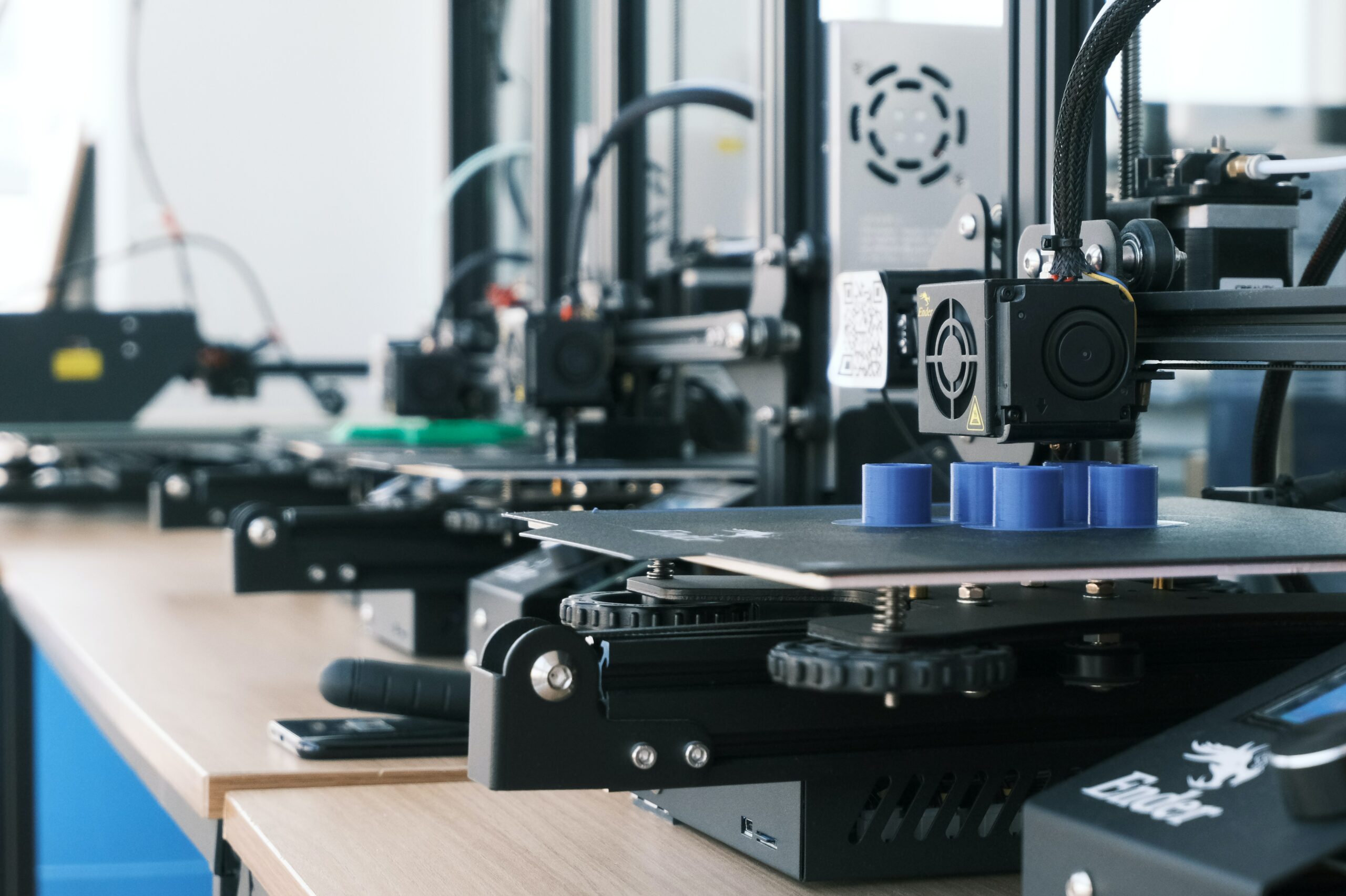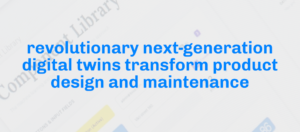In the dynamic landscape of modern manufacturing, data has become a key driver of innovation and efficiency. As technology continues to evolve, manufacturing companies are increasingly turning to digital solutions to optimize their operations. One such groundbreaking concept gaining momentum is the use of digital twins. In this blog post, we will explore the various types of data that a manufacturing company should collect and how these data streams are integrated into a digital twin to enhance decision-making and overall performance.
- Operational Data:
- Description: Operational data encompasses information related to the day-to-day functioning of manufacturing processes. This includes machine status, production rates, energy consumption, and overall equipment effectiveness (OEE).
- Importance: Monitoring operational data allows for real-time insights into the efficiency of production lines, helping identify bottlenecks, reduce downtime, and optimize resource utilization.
- Sensor Data:
- Description: Sensors embedded in machinery collect data on temperature, pressure, vibration, and other relevant variables. This data provides a comprehensive view of the health and performance of equipment.
- Importance: Analyzing sensor data enables predictive maintenance, minimizing unplanned downtime and extending the lifespan of machinery.
- Supply Chain Data:
- Description: Information related to the supply chain, including inventory levels, lead times, and supplier performance.
- Importance: Optimizing the supply chain through data analysis improves inventory management, reduces costs, and enhances overall responsiveness to market demands.
- Quality Control Data:
- Description: Data generated from quality control processes, such as inspection results and defect rates.
- Importance: Monitoring and analyzing quality control data ensures that products meet the required standards, reducing defects and minimizing rework.
- Environmental and Energy Data:
- Description: Information on energy consumption, emissions, and other environmental factors.
- Importance: Managing environmental impact not only aligns with sustainability goals but also helps reduce operational costs through energy efficiency improvements.
Now that we’ve identified the key types of data, let’s explore how these diverse datasets are integrated into a digital twin.
Digital Twin Integration
A digital twin is a virtual replica of a physical system, and in the context of manufacturing, it represents the entire production process. The integration of different types of data into a digital twin provides a holistic view of operations, facilitating:
- Simulation and Modeling:
- By incorporating operational, sensor, and quality control data, a digital twin can simulate and model various scenarios, allowing manufacturers to predict outcomes and optimize processes.
- Predictive Maintenance:
- Combining sensor data with machine learning algorithms enables predictive maintenance, anticipating equipment failures before they occur and minimizing downtime.
- Optimized Resource Allocation:
- Integration of supply chain data allows for real-time adjustments to production schedules, inventory levels, and distribution, optimizing resource allocation.
- Continuous Improvement:
- Quality control data integrated into the digital twin supports continuous improvement efforts by identifying patterns and trends that can inform process enhancements.
- Sustainability and Compliance:
- Environmental and energy data integrated into the digital twin aids in tracking and improving sustainability metrics, ensuring compliance with regulations and meeting corporate social responsibility goals.
In conclusion, the collection and integration of diverse data streams are instrumental in creating a comprehensive digital twin for manufacturing companies. This powerful tool not only enhances operational efficiency but also positions organizations to adapt and thrive in an increasingly competitive and data-driven industry. As we move forward, the synergy between data and digital twins will undoubtedly continue to shape the future of manufacturing, fostering innovation and sustainable growth.





One reply on “Learn How to Achieve Excellence Through Data Integration in Manufacturing”
Wow Thanks for this thread i find it hard to acquire awesome material out there when it comes to this subject material thank for the content website